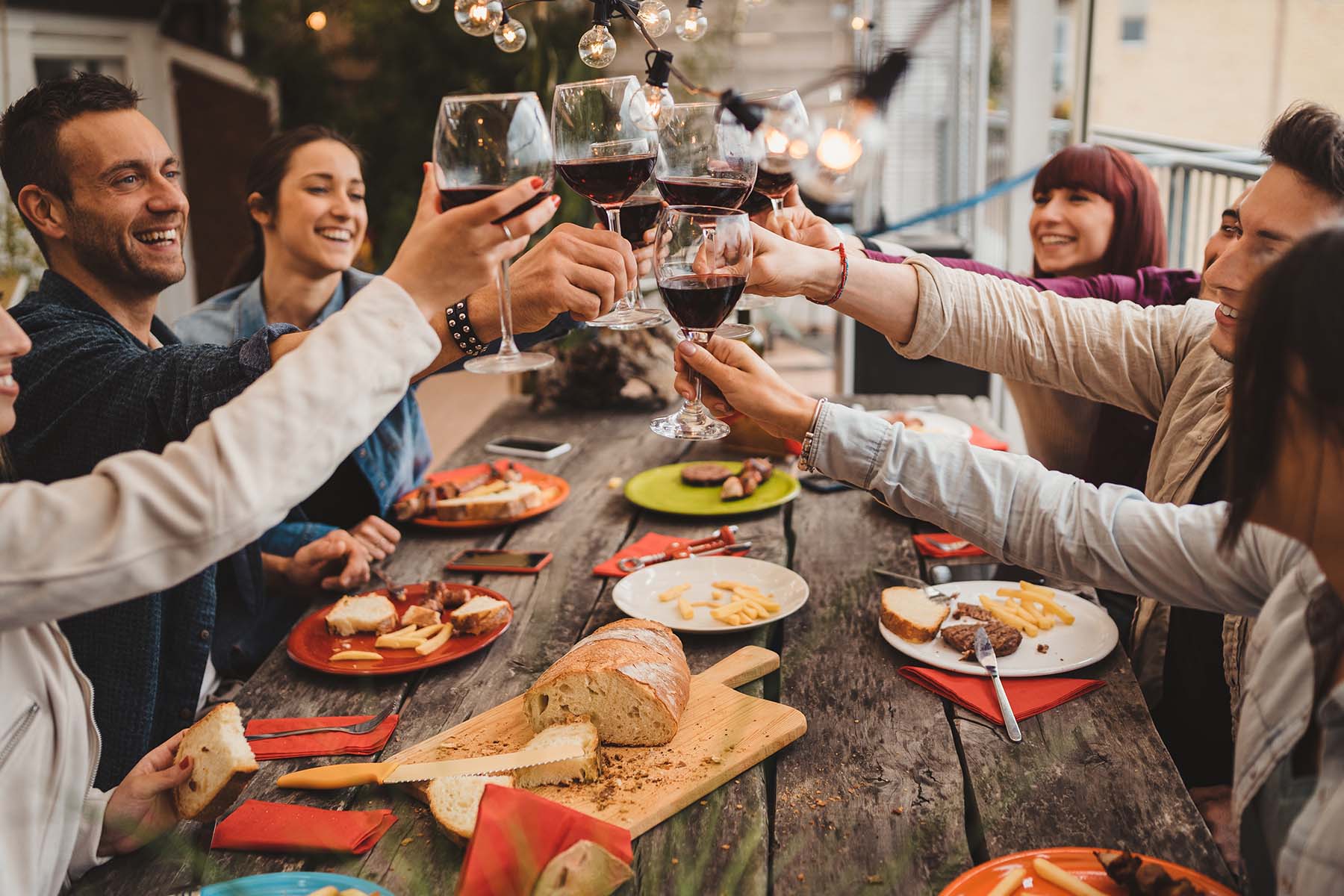With the expiration of the previous COVID-19 relief measures looming, restaurants were delivered a fresh serving of stimulus money through the Restaurant Relief Fund (RRF) section of the American Rescue Plan Act of 2021, signed on March 11.
The act allocates $28.6 billion—administered by the Small Business Administration (SBA)—in tax-free grants paid to restaurants, bars, and other food- and beverage-focused businesses to help offset the revenue losses incurred during the pandemic-hampered year of 2020. And these crucial funds are arriving in the nick of time, as restrictions are beginning to loosen and establishments are gearing up for the spring and summer crowds to fill dining rooms and outdoor setups.
Like most government-related initiatives of this scale, the specifics of the RRF are intricate—caveats, exceptions, and prerequisites abound. Anyone who runs the day-to-day operations of a restaurant might not have the time to delve deep into the details. So, we found the time for you.
Over the last couple of weeks, we combed through the Rescue Plan and pulled out the answers to what we believe are the five most important questions for the foodservice industry.
What is the Actual Breakdown of the Relief Funds for Restaurants?
The RRF provides $28.6 billion in relief grants to small- and mid-sized restaurants that faced hardships as a result of the COVID-19 pandemic. Of those funds, $23.6 billion is available for the SBA to equally award to different businesses based on annual gross receipts. The remaining $5 billion is earmarked for establishments with gross receipts of $500,000 or less in 2019.
A tax-free federal grant equal to the amount of pandemic-related revenue loss may be available to eligible restaurants. Grant amounts are capped at $10 million per business with a $5 million limit per physical location. The funds can be used to cover eligible expenses retroactive to Feb. 15, 2020.
Who Is Eligible?
As per the language of the RRF, eligible establishments are “restaurants; food stands; food trucks; food carts; caterers; saloons; inns; taverns; bars; lounges; brewpubs; tasting rooms; taprooms; licensed facilities or premises of a beverage alcohol producer where the public may taste, sample or purchase products; or other similar places of business where patrons go for the primary purpose of being served food or drink.”
Publicly traded companies, state or local government-operated businesses, and entities that own or operate more than 20 locations in total as of March 13, 2020, are NOT eligible.
What Expenses are Covered by the RRF?
If you are eligible for an RRF grant, you can only use the funds for expenses specified in the Rescue Plan. These include:
- Payroll (not including wages used for the Employee Retention Credit)
- Principal or interest on mortgage obligations
- Rent
- Utilities
- Maintenance, including construction to accommodate outdoor seating
- PPE (personal protective equipment) supplies and cleaning materials
- Normal food and beverage inventory
- Supplier costs
- Operational expenses
- Paid sick leave
- Any other expenses the SBA determines to be essential to maintaining operations incurred from Feb. 15, 2020, to Dec. 31, 2021, are eligible
How Does One Calculate Their Grant?
The grant must be equal to your pandemic-related revenue loss. This is the difference between your establishment’s 2020 gross receipts and your 2019 gross receipts, reduced by any amounts received from PPP loans.
If you began operations in 2019, you need to annualize your average monthly gross receipts for 2019 and compare those to your annualized monthly gross receipts for 2020. For businesses that started in 2020, you must calculate your grant amount by taking the difference between qualified grant expenses and your 2020 gross receipts. If you aren’t in business as of the application date but you have incurred eligible expenses due to the pandemic, your grant will be equal to those expenses.
What is the Timeline of the RRF?
While there has been no official timeline released by the federal government, the National Restaurant Association shared expected release dates associated with grants:
- April 2021: the SBA will release rules and applications
- May/June: the grants will first be made available to women-, veteran-, and disadvantaged/minority-owned businesses
- May/June: after the 21-day period for the above mentioned groups, the RRF will open to all eligible establishments in the foodservice industry
After 60 days, if the RRF funds have not been exhausted, the SBA will be given the greenlight to administer grants to eligible establishments without regard to annual gross receipts.
Takeaway
The grants set to be made available through the Restaurant Relief Fund will hopefully serve to jumpstart any businesses in the foodservice industry that stalled drastically due to the pandemic. For any restaurants looking to turn those funds into new business, Sam Tell is ready with all the supplies you’ll need. Contact your sales rep today!








